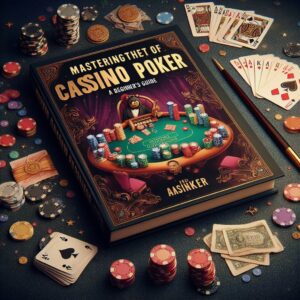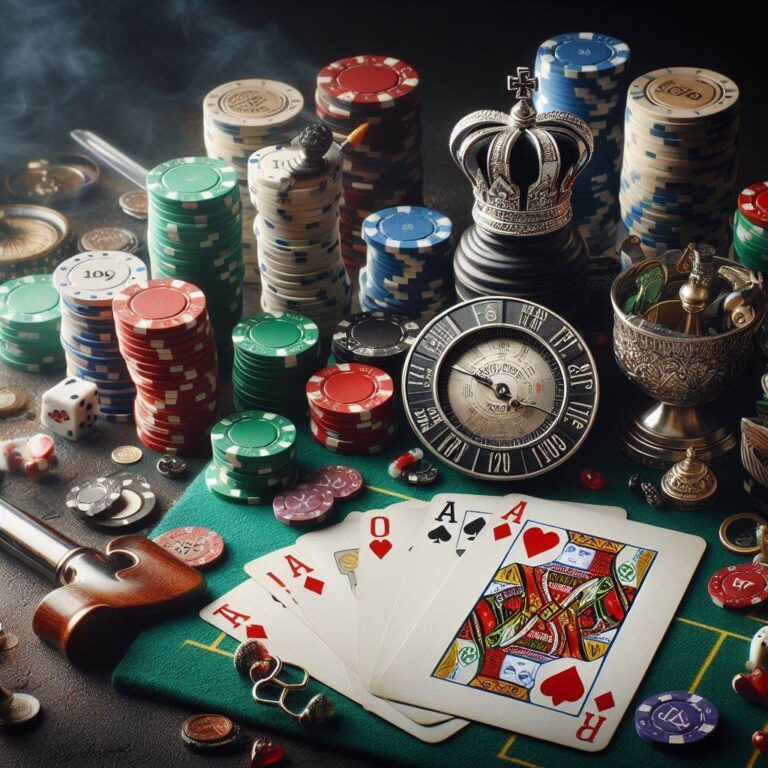In the era of digital transformation, online poker has become a gateway for countless players to enter the world of poker. It’s accessible, convenient, and offers a plethora of resources for learning and improving. However, the allure of the felt, the chips in hand, and the face-to-face dynamics of casino poker hold a timeless charm. Transition to Casino Poker Transitioning from online to onsite poker is a journey filled with excitement, challenges, and a steep learning curve. This article delves into the nuances of making the transition, offering insights and strategies to navigate this change successfully.
The Psychological Shift
One of the most significant adjustments for online players stepping into a casino is the psychological shift. Online poker, with its anonymity and digital interface, lacks the direct human interaction that is central to casino poker. Transition to Casino Poker The ability to read physical tells, manage live bankrolls, and navigate the social dynamics at the table adds layers of complexity to the game. Transitioning players must cultivate patience, emotional control, and the ability to read people, turning these into strategic advantages.
Mastering Bankroll Management
Bankroll management takes on a new dimension in the live setting. The variance in live games can be higher, and the pace slower, affecting how bankrolls fluctuate. Transition to Casino Poker Effective bankroll management is crucial to ensure longevity and success in the live poker arena.
Adjusting to a Slower Pace
The pace of play in live poker can be jarringly slow for those used to the rapid-fire rounds of online poker. This change demands adjustments in mental stamina and game strategy. Players need to remain focused and patient, using the extra time to observe opponents and plan moves carefully. Transition to Casino Poker The slower pace is also an opportunity to practice and refine the art of poker psychology, using the increased player interaction to one’s advantage.
Learning to Read Tells
While online poker relies on pattern recognition and statistical analysis, live poker brings physical tells into play. The transition to onsite poker requires developing sensitivity to these subtle cues, such as changes in posture, facial expressions, and hand movements. Transition to Casino Poker However, it’s important to approach tells with caution, balancing what you see with the broader context of each player’s strategy and your overall understanding of the game.
Embracing the Social Aspect
Casino poker is inherently social. For online players, the transition involves adapting to this social environment, which can be both a challenge and a pleasure. Engaging with fellow players adds a rich layer to the poker experience, offering insights into player psychology, networking opportunities, and the simple joy of shared passion for the game. Embracing the social aspect can also help in adjusting to the live poker environment, making it less daunting and more enjoyable.
Transitioning from online to onsite poker is a journey rich with learning opportunities and challenges. It requires adjustments in strategy, psychology, and social interaction. However, with the right mindset and preparation, making the move from the virtual tables to the tactile world of casino poker can be an incredibly rewarding experience. It opens up a new dimension of the game, allowing players to deepen their skills, engage with the poker community, and experience the unique thrill that only live poker can offer. Transition to Casino Poker Whether you’re a seasoned online player or new to the world of poker, the transition to casino poker is a journey worth taking.












